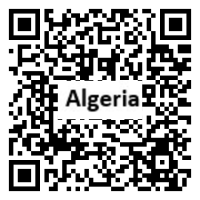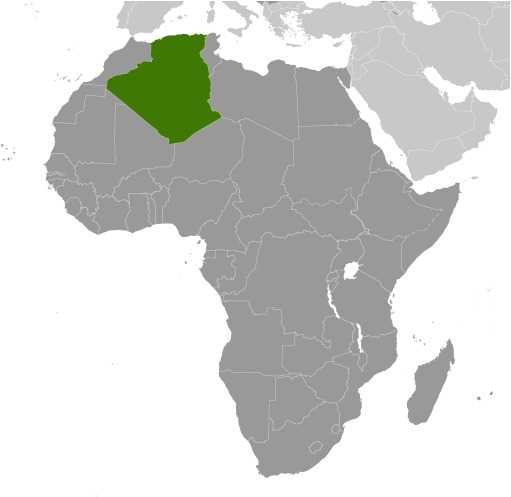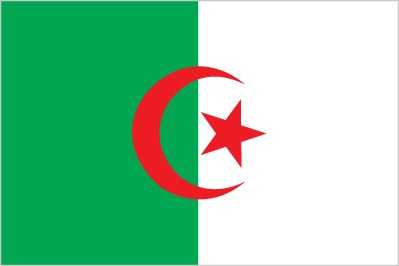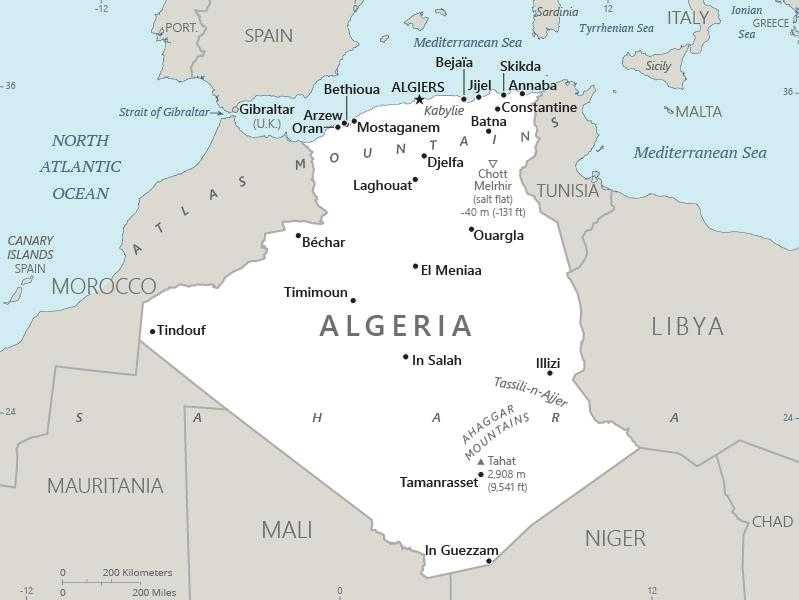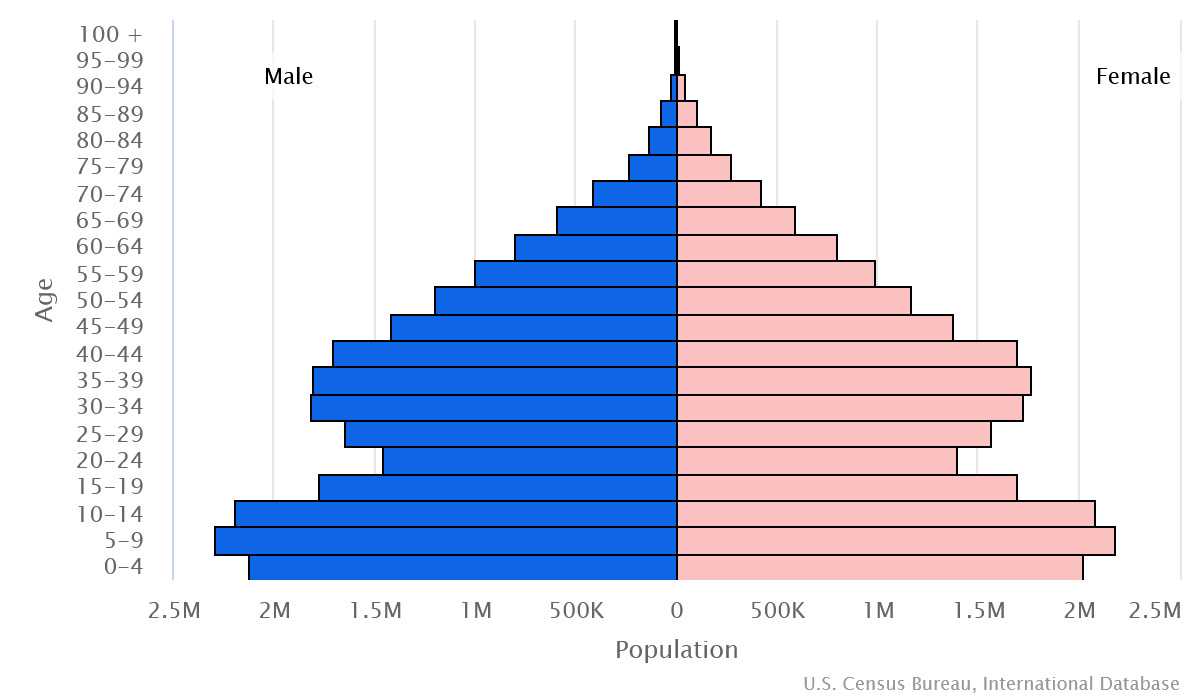Introduction
Background
Algeria was heavily colonized by the French in the late 19th and early 20th centuries. A bloody eight-year struggle culminated in Algerian independence in 1962.
Geography
Area
total : 2,381,740 sq km
land: 2,381,740 sq km
water: 0 sq km
Climate
arid to semiarid; mild, wet winters with hot, dry summers along coast; drier with cold winters and hot summers on high plateau; sirocco is a hot, dust/sand-laden wind especially common in summer
Natural resources
petroleum, natural gas, iron ore, phosphates, uranium, lead, zinc
People and Society
Population
total: 47,022,473
Ethnic groups
Arab-Amazigh 99%, European less than 1%
Languages
Arabic (official), French (lingua franca), Tamazight (official) (dialects include Kabyle (Taqbaylit), Shawiya (Tacawit), Mzab, Tuareg (Tamahaq))
Religions
Muslim (official; predominantly Sunni) 99%, other (includes Christian, Jewish, Ahmadi Muslim, Shia Muslim, Ibadi Muslim) <1% (2012 est.)
Population growth rate
1.54% (2024 est.)
Government
Government type
presidential republic
Capital
name: Algiers
Executive branch
chief of state: President Abdelmadjid TEBBOUNE (since 12 December 2019)
head of government: Prime Minister Nadir LARBAOUI (since 11 November 2023)
Legislative branch
description: bicameral Parliament consists of:
Council of the Nation or Majlis al-Umma (174 seats, statutory; 170 currently); two-thirds of members indirectly elected by simple majority vote by an electoral college composed of local assemblies within each wilaya, and one-third of members appointed by the president; members serve 6-year terms with one-half of the membership renewed every 3 years)
National People's Assembly or al-Majlis al-Sha'abi al-Watani (407 seats, including 8 seats for Algerian diaspora); members directly elected in multi-seat constituencies by open-list proportional representation vote using the Hare quota method; members serve 5-year terms)
Economy
Economic overview
suffering oil and gas economy; lack of sector and market diversification; political instability chilling domestic consumption; poor credit access and declines in business confidence; COVID-19 austerity policies; delayed promised socio-economic reforms
Real GDP (purchasing power parity)
$699.947 billion (2023 est.)
$672.379 billion (2022 est.)
$649.015 billion (2021 est.)
Real GDP per capita
$15,300 (2023 est.)
$15,000 (2022 est.)
$14,700 (2021 est.)
Agricultural products
potatoes, wheat, milk, watermelons, onions, tomatoes, barley, vegetables, dates, oranges (2022)
Industries
petroleum, natural gas, light industries, mining, electrical, petrochemical, food processing
Exports
$58.816 billion (2023 est.)
$69.242 billion (2022 est.)
$41.851 billion (2021 est.)
Exports - partners
Italy 29%, Spain 12%, France 12%, US 5%, South Korea 5% (2022)
Exports - commodities
natural gas, crude petroleum, refined petroleum, fertilizers, ammonia (2022)
Imports
$51.516 billion (2023 est.)
$46.63 billion (2022 est.)
$44.297 billion (2021 est.)
Imports - partners
China 18%, France 14%, Italy 7%, Turkey 6%, Brazil 6% (2022)
Imports - commodities
wheat, milk, plastics, corn, iron ore (2022)
Exchange rates
Algerian dinars (DZD) per US dollar -
Page last updated: Wednesday, July 24, 2024
